#holstein-gottorp
Explore tagged Tumblr posts
Text

A portrait of Princess Sophia Albertina of Sweden, Abbess of Quedlinburg.
#Sophia Albertina of Sweden#swedish royalty#18th century#18th century art#house of Holstein-Gottorp#long live the queue
21 notes
·
View notes
Text



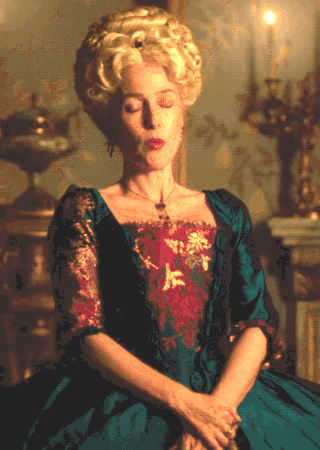





(Almost) Every Costume Per Episode + Joanna Elisabeth of Holstein-Gottorp blue gown with red and gold print in 2x07
#The Great#TheGreatEdit#The Great Hulu#weloveperioddrama#perioddramaedit#period drama#historical drama#Joanna Elisabeth of Holstein-Gottorp#Stapler#costumeedit#costumes#costume drama#costume series#Almost Every Costume Per Episode#Gillian Anderson#Awkward-Sultana
117 notes
·
View notes
Text
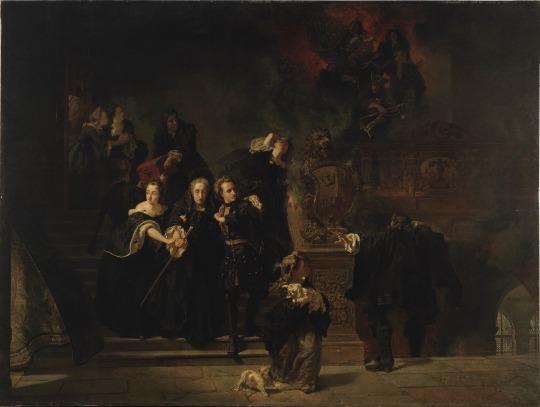
The Fire at the Royal Palace, Stockholm, 7th May, 1697
by Johan Fredrik Höckert
#johan fredrik höckert#art#fire#royal palace#palace#sweden#swedish#stockholm#history#cityscape#architecture#charles xi#carl xii#hedwig eleonora of holstein gottorp#europe#european#dog#dogs#heraldry#royals#royalty#royal#nobility#royal family
78 notes
·
View notes
Text

Cecilia of Sweden, Grand Duchess of Oldenburg (1807-1844). By Emanuel Thomas Peter.
She was the daughter of King Gustav IV Adolf of Sweden and Frederica of Baden.
#Konungariket Sverige#kingdom of sweden#house of holstein gottorp#Holstein Gottorpska ätten#Huset Oldenburg#house of oldenburg#Cecilia av Sverige#cecilia of sweden#Cecilia av Oldenburg#emanuel thomas peter
7 notes
·
View notes
Text

15 Dec. 1768 - Adolf Fredrik (German: Adolf Friedrich) protested his limited powers by technically abdicating, thereby paralysing the government.
In the lead-up, Adolf Fredrik had gotten a written promise that all executive power would be handed over to the King, and the power of the Estates would be limited to legislation and taxation. At the council meeting on Dec. 12, a written statement by Adolf Fredrik was read. He talked about the country's distress and urged the entire Riksdag to be called together for a session. If not, the statement concluded, “I am hereby forced to declare that in that event I renounce a government burden, which through countless tears of suffering and a daily weakening of the kingdom becomes completely unbearable for me.”
When the council met again on Dec. 15, Adolf Fredrik felt “he could not perceive the council's opinion other than as a rejection of his request.” Consequently, he dissolved the government until the Estates were summoned for a full Riksdag. With those words, he left the table, and in effect, the country was without a Head of State. The council decided to try to rule anyway, without a Head of State.
However, the council was soon forced to reconsider when the colonels of the guard and artillery declared that they were in no position to maintain peace in the capital. There were riots here and there, and the crowd took sides against the council. “Society was unravelling at the seams”, as Carl Grimberg wrote in 1922.
On Dec. 20, the council agreed to summon the entire Riksdag of the Estates for a session, and Adolf Fredrik agreed to withdraw his abdication. However, at the session, none of the promised reforms were realised.
Photo 1: Portrait of Adolf Fredrik (oil on canvas, 122 x 86 x 17 cm). The portrait is believed to have been painted by Lorens Pasch The Younger circa 1768. Photo by Nationalmuseum.
#swedish royal family#king adolf fredrik#royal history#swedish history#house of holstein gottorp#on this day#today in history#royaltyedit#historyedit
4 notes
·
View notes
Text
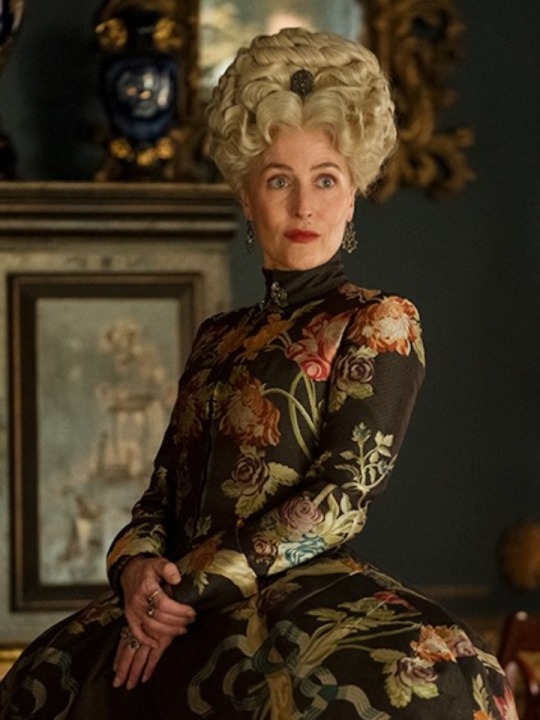
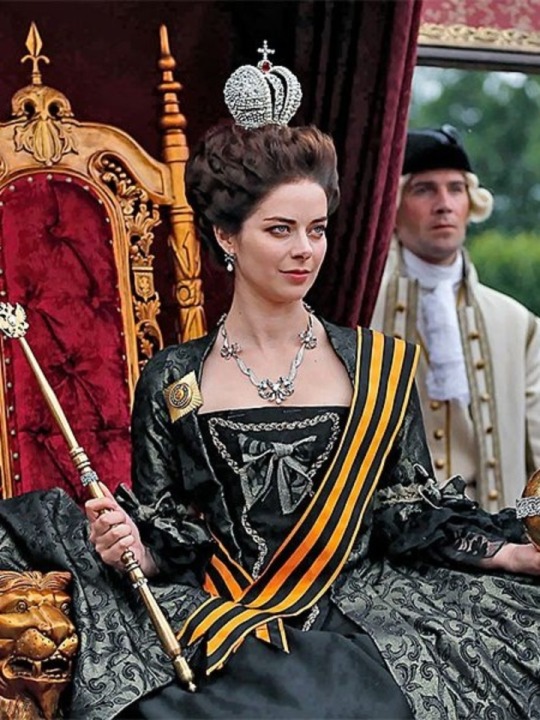
Period dramas dresses tournament: Black dresses Round 1- Group B: Joanna Elisabeth of Holstein-Gottorp, The great vs Catherine of Russia, Ekaterina
#period drama dresses tournament#tournament poll#tumblr tournament#polls#fashion poll#joanna elisabeth of holstein-gottorp#the great#catherine of russia#catherine ii#catherine the great#ekaterina
16 notes
·
View notes
Text
More royal historical figures that will debut in Season 3
Grand Duchess Charlotte of Luxembourg (formerly Princess Charlotte of Luxembourg)

Grand Duchess Xenia Alexandrovna of Russia
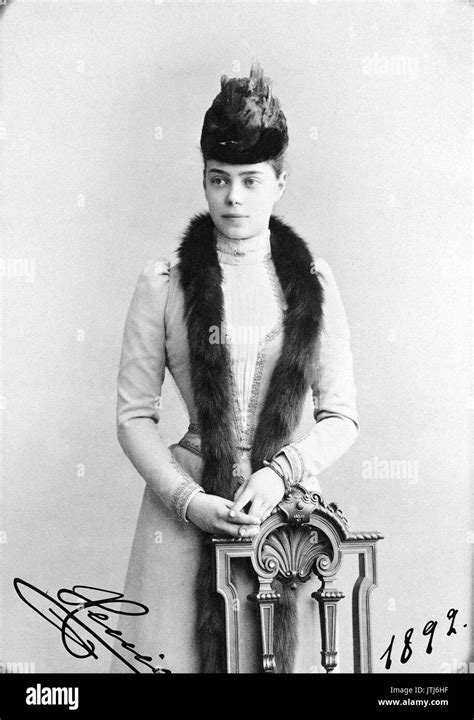
Princess Alice, Duchess of Gloucester (formerly Lady Alice Montagu Douglas Scott)

Queen Desideria of Sweden and Norway (formerly Desiree Clary)

Like the royals who debuted in Season 2, their reason for appearing will remain to be seen...
#grand duchess charlotte#grand duchess xenia#charlotte adelgonde elisabeth marie wilhelmine von nassau-weilburg#xenia alexandrovna holstein-gottorp-romanov#aikatsu the stars of legend#alice christabel montagu douglas scott-windsor#princess alice of gloucester#bernardine eugenie desiree clary-bernadotte#queen desideria#eugenia bernhardina desideria clary-bernadotte
2 notes
·
View notes
Photo

The Children of Emperor Nicholas II.
This is interesting because it's not a real photo, it's a composite made from cutting Nicholas and Alexandra out of one of the 1913 family photos. If you look closely at Anastasia's hair, you can see where they cut her out and moved the Anastasia-Alexei-Tatiana grouping over to join Maria and Olga.
via @lemaldusiecle from @romanovsonelastdance
30 notes
·
View notes
Text

Princess Tatiana Constantinovna of Russia (23 January [O.S. 11 January] 1890 – 28 August 1979) was the third child and eldest daughter of Grand Duke Constantine Constantinovich of Russia and his wife, Princess Elisabeth of Saxe-Altenburg.
#Tatiana Constantinovna of Russia#House Holstein-Gottorp-Romanov#xix century#xx century#women in history#photo#photography#black and white
1 note
·
View note
Text

Empress Maria Feodorovna and Grand Duchess Xenia Alexandrovna of Russia, 1891
—
Maria Feodorovna (Mariya Fyodorovna; 26 November 1847 – 13 October 1928), known before her marriage as Princess Dagmar of Denmark, was Empress of Russia from 1881 to 1894 as the wife of Emperor Alexander III.
She was the second daughter of Christian IX of Denmark and Louise of Hesse-Kassel.
Maria's eldest son became the last Russian monarch, Emperor Nicholas II.
Maria lived for 10 years after Bolshevik functionaries murdered Nicholas and his immediate family in 1918.
Grand Duchess Xenia Alexandrovna of Russia (6 April [O.S. 25 March] 1875 – 20 April 1960) was the elder daughter and fourth child of Tsar Alexander III of Russia and Empress Maria Feodorovna of Russia (née Princess Dagmar of Denmark) and the sister of Emperor Nicholas II.
#Empress Maria Feodorovna of Russia#Princess Dagmar of Denmark#Grand Duchess Xenia Alexandrovna of Russia#House of Glücksburg#House of Hesse#House of Romanov-Holstein-Gottorp
4 notes
·
View notes
Text

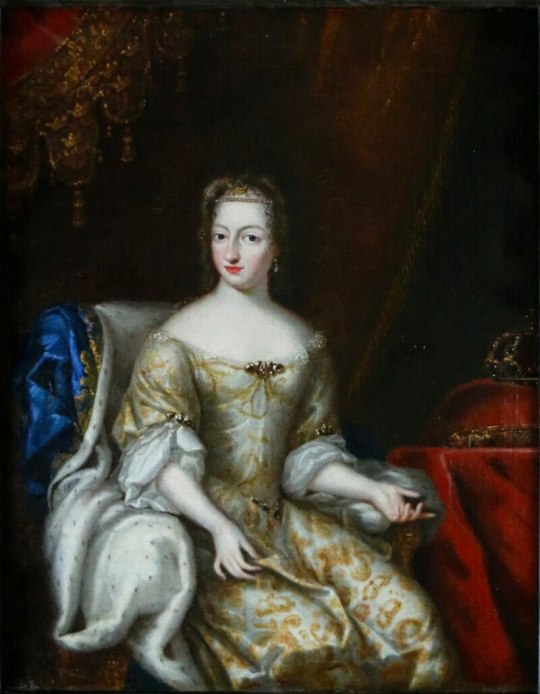
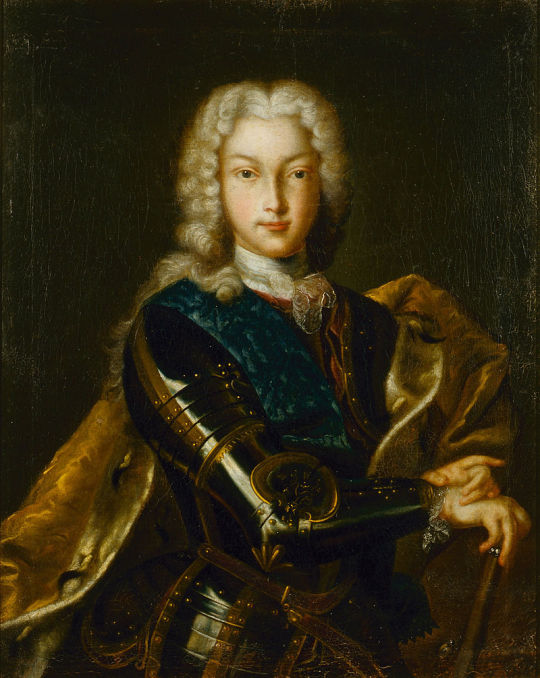
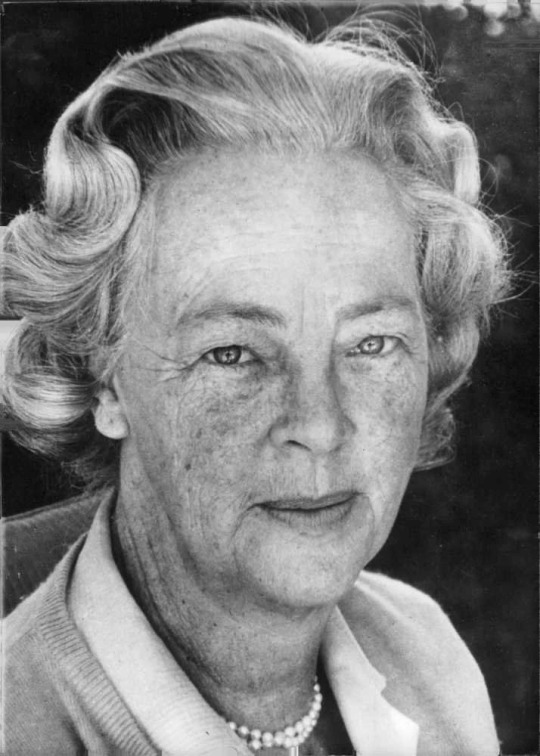
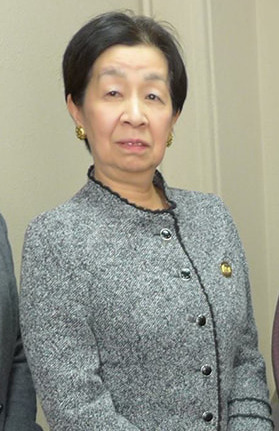
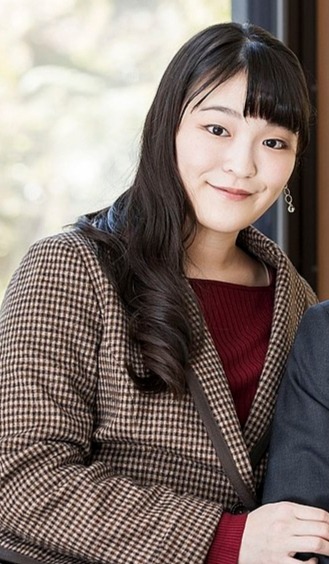
Royal Birthdays for today, October 23rd:
Charlotte of Valois, French Princess, 1516
Hedwig Eleonora of Holstein-Gottorp, Queen of Sweden, 1636
Peter II, Tsar of Russia, 1715
Helena Cambridge, Lady Gibbs, 1899
Masako Sen, Japanese Royal, 1951
Mako Komuro, Japanese Royal, 1991
#charlotte of valois#peter ii#helena cambridge#mako komuro#princess mako#Hedwig Eleonora of Holstein-Gottorp#Masako Sen#princess masako#royal birthdays#long live the queue
5 notes
·
View notes
Text
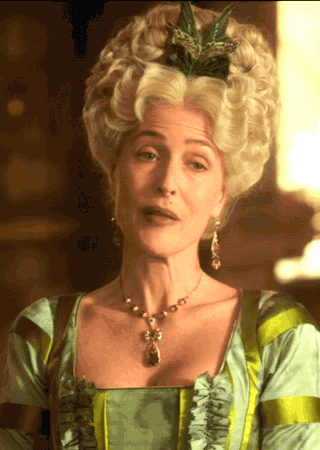




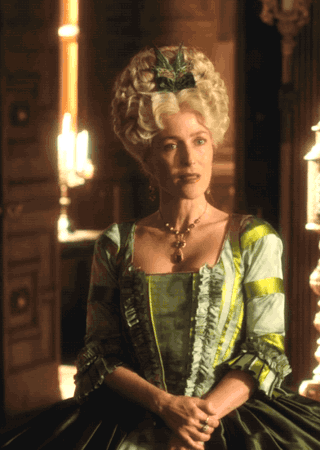
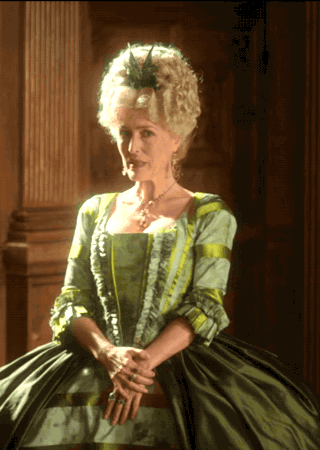


(Almost) Every Costume Per Episode + Joanna Elisabeth of Holstein-Gottorp green striped gown in 2x08
#The Great#TheGreatEdit#The Great Hulu#weloveperioddrama#perioddramaedit#period drama#historical drama#Five Days#Joanna#Joanna Elisabeth of Holstein-Gottorp#Gillian Anderson#costumeedit#costumes#costume drama#Almost Every Costume Per Episode#Awkward-Sultana
59 notes
·
View notes
Text

King Gustav Adolf IV of Sweden. By Jonas Forslund.
#jonas forslund#kingdom of sweden#house of holstein gottorp#Konungariket Sverige#Holstein-Gottorpska ätten#kumg av sverige
3 notes
·
View notes
Text
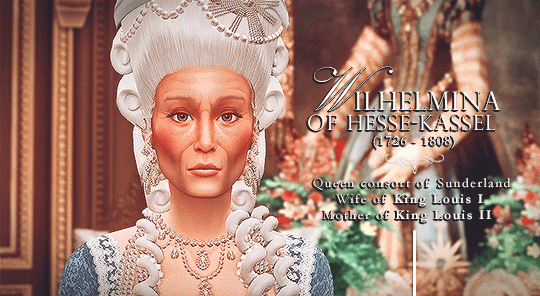




↬ Warwick Wives (1/7) | royal wives during the reigns of Louis I & Louis II, 1782 - 1817
W I L H E L M I N A was fifty-six at the time of her husband's enthronement, making her one of Sunderland's oldest queen consorts. Despite this, she was famed for her beauty and sharp wit. She had protruding, restless eyes, with a pleasant demeanour. Her representation was a source of stability during the monarchy's early days.
C H A R L O T T E was less shrewd than her mother-in-law. Undereducated and neglected, she came from an obscure German duchy on the brink of extinction. Charlotte’s desire for an informal and relaxed domestic life greatly influenced the upbringing of royal children throughout the late eighteenth and early nineteenth centuries. She remains the most prolific of Sunderland's queens, giving birth to fifteen children—seven boys and eight girls—over twenty-one years.
A M E L I A is the earliest example of a Sunderlandian consort causing a media sensation. Emily, as she was affectionately called, was beloved by the country and her husband, Louis, then Duke of Woodbine. Her marriage stemmed from Sunderland's new alliance with the United Kingdom. This alliance ultimately outlasted the marriage, for Emily would die at age twenty-seven. Her death complicated Sunderland's succession; she and Louis had one son, five-year-old Prince Frederick, who was also of weak health.
M A R I A - C A R O L I N A was the antithesis of Emily—even their hair colours highlighted this. Where Emily was pleasant and free-spirited, Maria Carolina was moody and introverted; Emily was the daughter of a King, a product of the world's largest imperial empire, Maria Carolina was the daughter of a low-ranking prince from Sweden's waining Holstein-Gottorp dynasty. Where Emily was adored by her husband, Maria Carolina hated. The two cousins had never wanted to marry and Louis, still grieving his first wife, waited two years before consummating the union. Over time, Louis grew hostile toward his wife. Running hot and cold, he alternated between ignoring Maria Carolina and tormenting her mercilessly, sometimes driving her to tears.
"If I were to suffer such maltreatment would have hung myself from the balcony at Chester long ago" - Princess Wilhemina, writing on her sister-in-law's troubles
To escape her husband's bullying, Maria Carolina undertook a wide variety of public duties. Today, several institutions and charities bear the name Queen Mary Caroline. Despite her husband's apathy and her own shyness, Maria Carolina formed a loyal circle of close friends at court. It was only after Maria Carolina died in 1841, that Louis III expressed remorse for her mistreatment. He outlived her for another ten years.
King Louis III and Queen Mary Caroline had no surviving children together. When Louis's only son, Hereditary Prince Frederick, died without issue Sunderland was left without a clear successor, promoting the 1835 Succession Crisis. This crisis would last for twenty-five years and put an immense amount of pressure on the next generation of royal wives.
[TRANSCRIPT]
insp (1) (2)
#warwick.wives#gif warning#✨#ts4#ts4 story#ts4 royal#ts4 storytelling#ts4 edit#ts4 royal legacy#ts4 legacy#ts4 royalty#ts4 monarchy#ts4 screenshots#ts4 historical#warwick.extras
191 notes
·
View notes
Text

Wedding gown of Edwidge Elisabeth Charlotte Holstein-Gottorp, wife of Prince Karl and sister-in-law of King Gustav III of Sweden
23 notes
·
View notes
Text
Aikatsu: The Stars of Legend-Birthdays, gems, and ages
Author's Note: Season 1 takes place from August 2022-December 2023, while Season 2 takes place from January 2024-August 2024. Season 3 will take place from September 2024 onwards.
Season 1:
Raki-December 7, 2005 (Blue Chalcedony; S1: 16 years old; S2: 18 years old)
Wakaba-September 3, 2004 (Pink Sapphire; S1: 17 years old; S2: 19 years old)
Radiance-April 23, 2005 (Yellow Diamond; S1: 17 years old; S2: 18 years old)
Clara-March 18, 2005 (Morganite; S1: 17 years old; S2: 18 years old)
Susie Sokolova-January 23, 2006 (Rose Quartz; S1: 16 years old; S2: 17 years old)
Alexandra J.-March 18, 2006 (Morganite; S1: 16 years old; S2: 17 years old)
Noelle-December 25, 2004 (Topaz; S1: 17 years old; S2: 19 years old)
Yvoria-July 16, 2005 (Ruby; S1: 17 years old; S2: 18 years old)
Ruthie-May 3, 2005 (Chrysoprase; S1: 17 years old; S2: 18 years old)
Rachel-May 3, 2005 (Chrysoprase; S1: 17 years old; S2: 18 years old)
Season 2:
Queen Alexandra-December 1, 1844 (Tanzanite; 179 years old)
Empress Maria Feodorovna-November 26, 1847 (Citrine; 176 years old)
Crown Princess Thyra-September 29, 1853 (Blackstar Sapphire; 170 years old)
Queen Wilhelmina-August 31, 1880 (Gray Spinel; 143 years old)
King Charles XIII-October 7, 1748 (Rubellite; 275 years old)
King Charles XIV John-January 26, 1763 (Garnet; 260 years old)
King George IV-August 12, 1762 (Peridot; 261 years old)
Prince Edward-November 2, 1767 (Citrine; 256 years old)
Princess Victoria-August 17, 1786 (Gray Spinel; 237 years old)
Rosetta-March 27, 2007 (Morganite; 17 years old)
Theodora-September 18, 2005 (Iolite; 18 years old)
Season 3:
Marcella-February 19, 2005 (Amethyst; 19 years old)
Grand Duchess Charlotte-January 23, 1896 (Rose Quartz; 128 years old)
Grand Duchess Xenia-April 6, 1875 (Yellow Diamond; 149 years old)
Princess Alice-December 25, 1901 (Topaz; 123 years old)
Queen Desideria-November 8, 1777 (Gray Quartz; 247 years old)
#aikatsu the stars of legend#raki kiseki#wakaba harukaze#noelle otoshiro#alexandra caroline marie charlotte louise julia von glücksburg-windsor#marie sophie frederikke dagmar von glücksburg-holstein-gottorp-romanov#thyra amalie caroline charlotte anna von glücksburg-hanover#wilhelmina helena pauline maria van orange-nassau#charles holstein gottorp#jean baptiste jules bernadotte#edward augustus von hanover#marie louise victoire von saxe coburg saalfeld-hanover#george augustus frederick von hanover#rosetta rainbow high#charles john julius bernadotte#theodora elizabeth juliane von saxe-coburg-gotha#marcella st. martin#aikatsu oc#charlotte adelgonde elisabeth marie wilhelmine von nassau-weilburg#xenia alexandrovna holstein-gottorp-romanov#aiice christabel montagu douglas scott-windsor#queen desideria#bernardine eugenie desiree clary-bernadotte#eugenia bernhardina desideria clary-bernadotte
3 notes
·
View notes